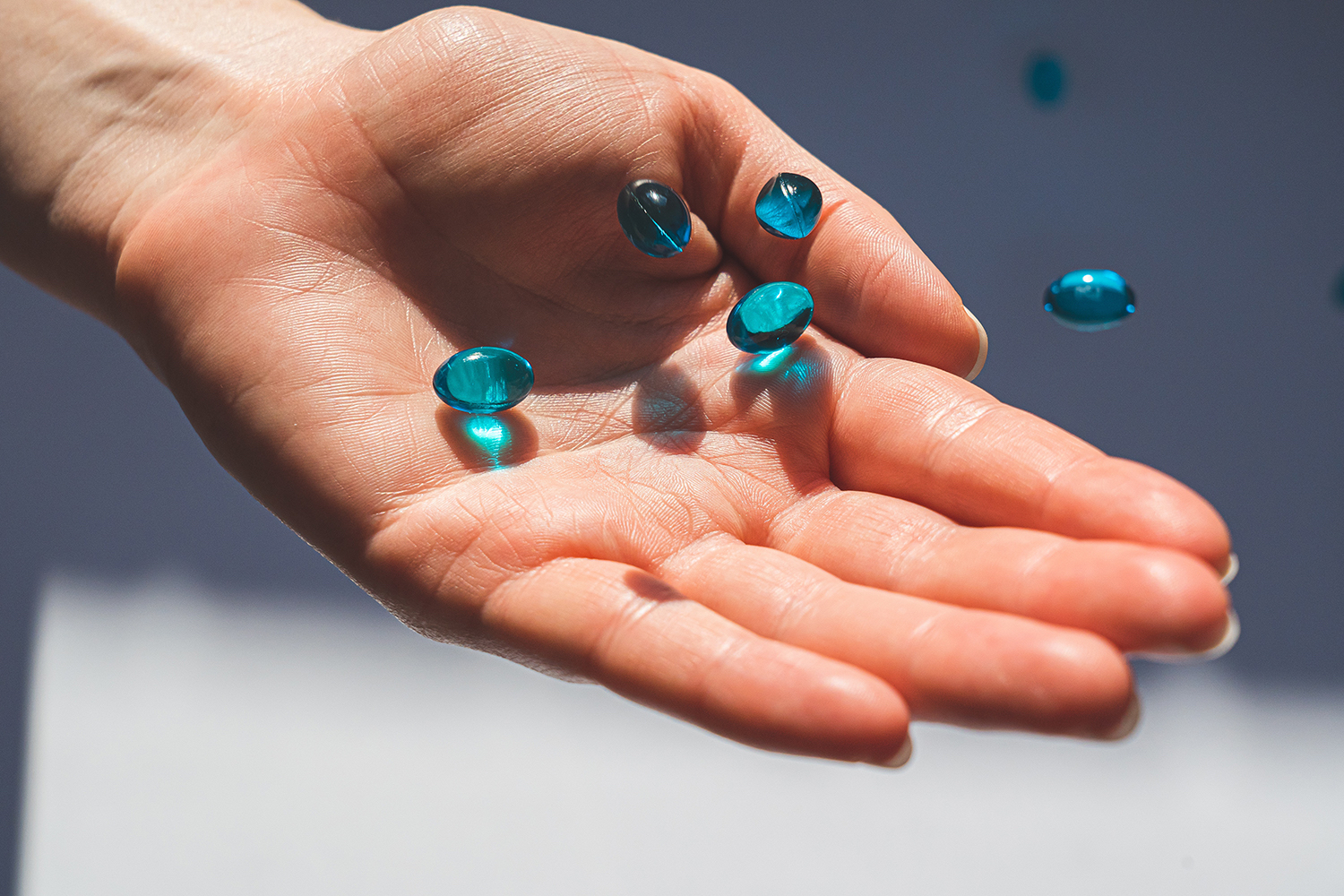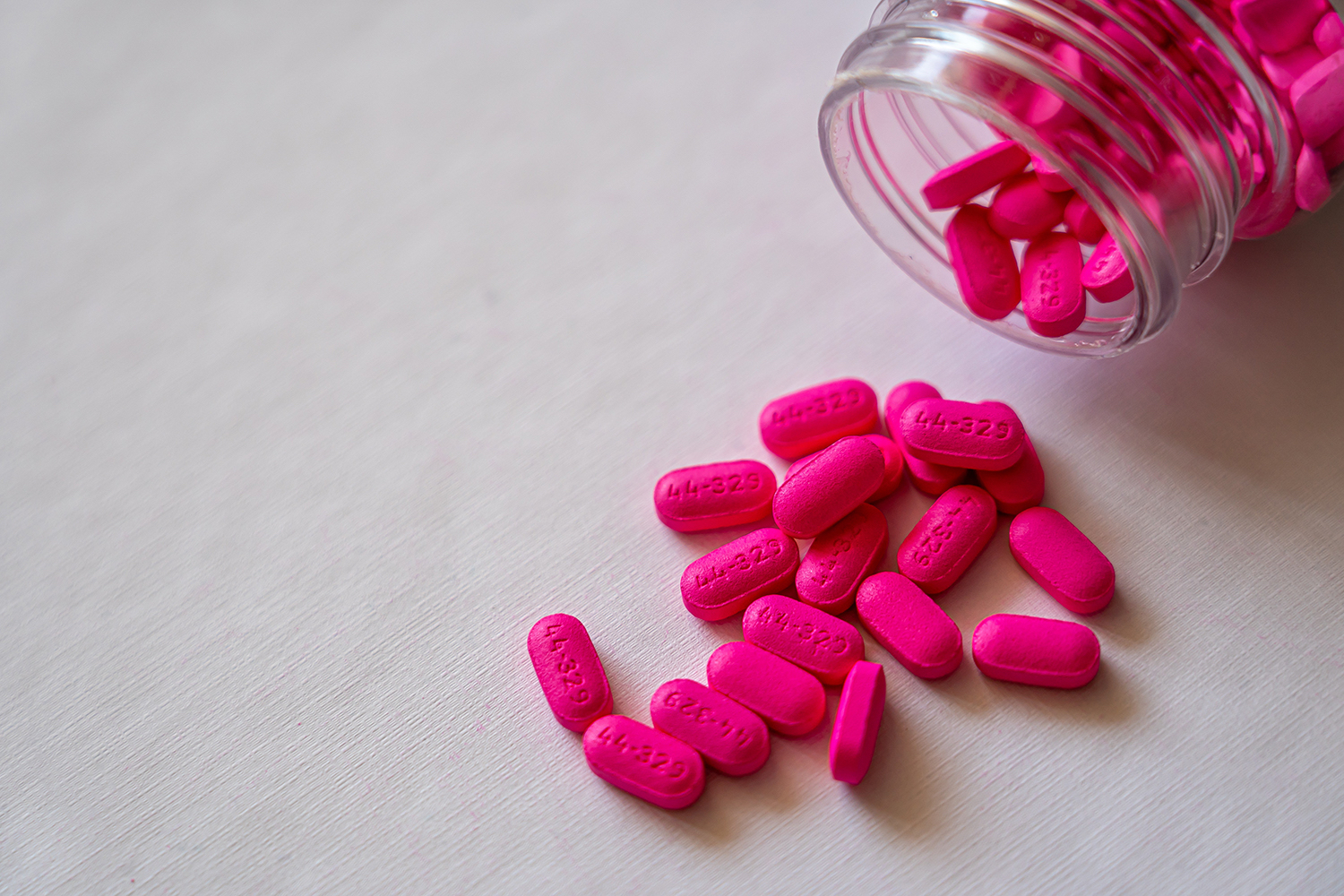
- Antihistamines
- First generation drugs
- Second and third generation drugs
- Allergist’s comment
Antihistamines for allergies
When an allergic reaction occurs, histamine is released, a substance that binds to receptors on certain cells (1). Symptoms can range from mild malaise, runny nose and rash to serious complications such as angioedema and breathing problems. Allergy medications reduce the effect of histamine and help get rid of symptoms, but not the cause. The only way to eliminate it is not to interact with the allergen.
Before starting to take medications, you should consult your doctor. Only a specialist can select the right medications, taking into account the individual characteristics of the patient and determine the duration of treatment.
First generation allergy drugs
The initial group includes medications with the active ingredients benadryl, diphenhydramine and chlorpheniramine. These are some of the first drugs to treat allergy symptoms (1). They have a calming effect, depress the nervous system and can cause drowsiness. They are eliminated from the body quite quickly, so they require frequent dosing if the cause of the allergy cannot be eliminated as soon as possible.
Tablets based on these substances help get rid of a runny nose, itching, sneezing, lacrimation and respiratory signs of allergies.

Drugs from the first generation group have side effects. In addition to drowsiness, they can cause dry mouth and nasopharynx, headache, and less commonly, loss of appetite, nausea, and muscle weakness. You should consult your doctor before taking medications.
They are strictly contraindicated in some patients, for example, with glaucoma, bronchitis, emphysema and high blood pressure. In addition, only a professional can calculate the possible effects of combining antihistamines with other medications.
Second and third generation allergy drugs
Newer second- and third-generation over-the-counter oral antihistamines target more specific receptors. Tablets and drops last much longer, so a smaller dose is required to eliminate symptoms. This is true if it is impossible to get rid of the source of allergens within several weeks, for example, with seasonal pollen allergies.
The drugs are available in the form of tablets, capsules, drops, and nasal decongestant sprays. The appropriate format is selected individually based on the recommendation of the attending physician. In some cases, antihistamine body creams, eye drops and inhalations with the active substance are prescribed (2).
Medicines based on cetirizine
Cetirizine is one of the common active ingredients in second and third generation antihistamines (3). There are much fewer side effects from taking it compared to the medications from the previous block, but they are not excluded. Doctors indicate possible headaches, drowsiness, difficulty breathing and swallowing. Cetirizine-based drugs, like most antihistamines, cannot be combined with alcohol. They are contraindicated in patients with kidney disease and asthmatics (4).

Medicines based on loratadine
Loratadine also helps relieve sneezing, runny nose and itching, and eliminates most of the unpleasant and dangerous symptoms of upper respiratory tract allergies (5). It is used to treat urticaria, an allergic skin reaction. Taking the drug often causes drowsiness and headache. Side effects include rash, itching and breathing problems.
Medicines based on fexofenadine
Like most drugs, fexofenadine is produced in the form of tablets, capsules and drops. It is used to treat urticaria, helps relieve itching and eliminate symptoms of upper respiratory tract allergies. Side effects are the same as other second and third generation drugs.
Possible consequences include stomach upset, pain in the limbs, dizziness and an allergic reaction to the drug itself. Fexofenadine should not be taken with certain antifungals, antibiotics, and antacids (6). Consult your doctor to clarify all the details. Thus, even ordinary fruit juice can reduce the effectiveness of the medicine.
Allergist’s comment
Victoria Galyas, allergist-immunologist of the Semeynaya network of clinics
In Europe, every third adult and fourth child is allergic. The most common allergic diseases include hay fever, which affects 18–20% of citizens, allergic rhinitis (7–12%) and bronchial asthma (7–11%).
The drugs are safe at recommended dosages. Passing through the liver, they are metabolized by its enzymes. But if liver function is impaired, non-metallized forms of the active substance accumulate in the blood, which can cause heart rhythm disturbances.
It is not recommended to drink alcohol while taking antihistamines, as it can reduce the concentration of the substance in the blood and also increase drowsiness.
As for children, there are antihistamines that are allowed from one month of life; the dosage is individual and selected by the doctor depending on the severity of the disease. Some active ingredients are contraindicated in childhood, but you can always choose an alternative.
I prefer third-generation drugs, especially those based on fexofenadine. Most medications are universal, but there are also individual factors. We all have different levels of sensitivity to one or another active substance. It happens that allergies go away without additional drug support. In one person, symptoms stop immediately after interrupting contact with the allergen, in another, they persist for a long time.
If the allergen is not eliminated, there is a risk that the disease will progress, and in addition to mild symptoms, more severe ones may appear, for example, the transition of allergic rhinitis to bronchial asthma. In such a situation, antihistamines will no longer be effective.
